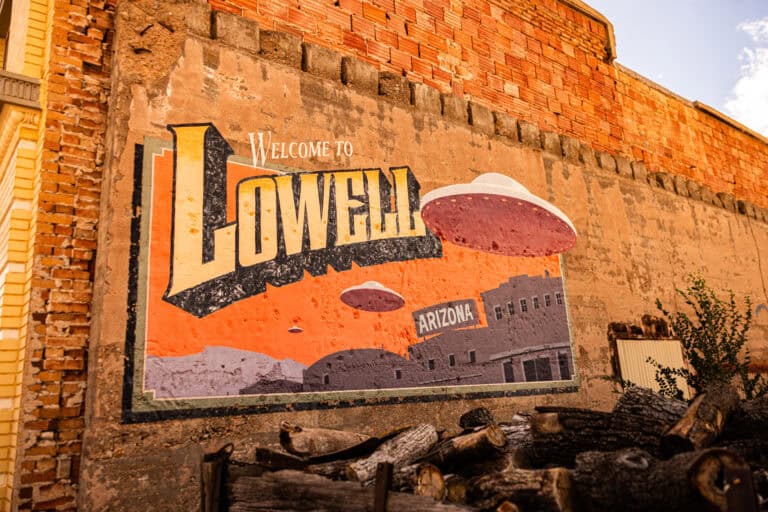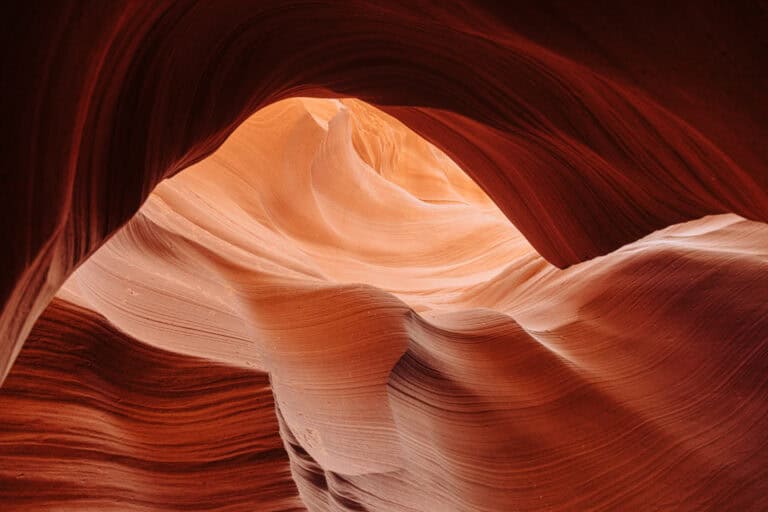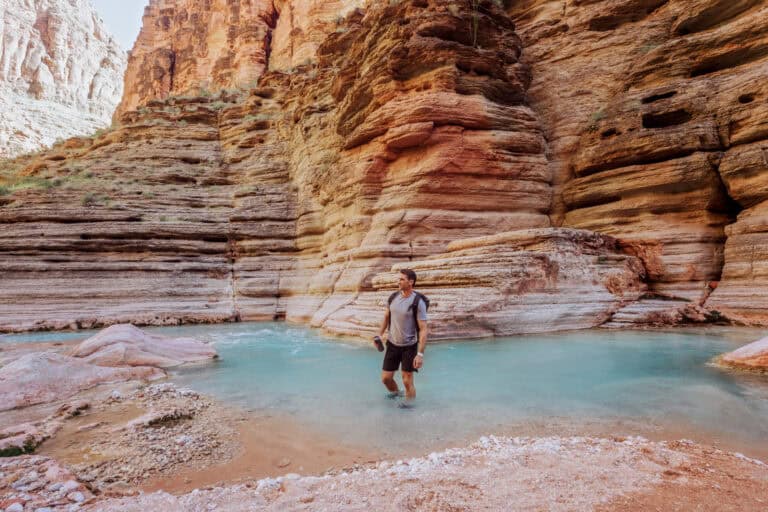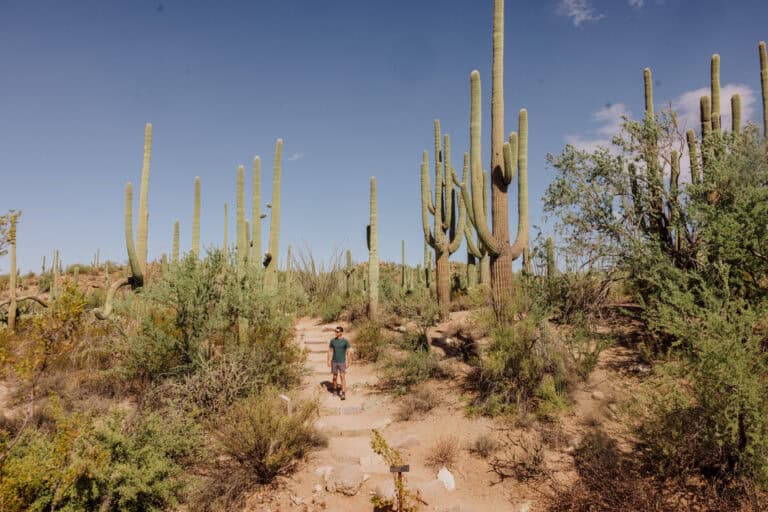Dogs Are Allowed at the Grand Canyon: Just Follow These Rules!
It took Myrtle, my rescue dog who lived in a puppy mill cage for 6 years, took two years living with us to begin enjoying her walks in the neighborhood. Now she loves them, but isn’t quite ready for a Grand Canyon adventure.
The retrievers I’ve had over the years have loved their trips out of the city into rural parts of Arizona.

The Grand Canyon National Park allows pets in specific areas but has important regulations to protect wildlife, park visitors, and pets themselves.
Key Info on Dogs at the Grand Canyon
- Dogs aren’t allowed on trails below the rim.
- Dogs should be leashed, due to wildlife in the area.
- Service and therapy dogs are welcome, of course.
- The South Rim has a kennel service for boarding.
- The heat is a major concern during the summer months for people and pets.
Basic Rules on Dogs in the Park
Where Pets Are Allowed:
Pets are permitted on the South Rim in developed areas like sidewalks, picnic areas, and parking lots.
Pets can also join you on the South Rim Trail, a 13-mile long, paved path that runs along the canyon’s edge. The trail offers great views and is a popular walking route for pet owners.
Where Pets Are Not Allowed:
Pets are not allowed below the rim, meaning no hiking into the canyon on trails like the Bright Angel Trail or South Kaibab Trail.
Pets are also not permitted inside buildings, including visitor centers, lodges, and restaurants (with the exception of service animals).
On the North Rim:
Pets are only allowed in parking areas and on the Bridle Path (a section of the Arizona Trail that extends from the North Kaibab Trail to the North Rim Campground).
Advice on Pet Safety at the Canyon
Generally speaking, your dog(s) will love visiting the Grand Canyon! The National Park Service recommends following these guidelines:
Leash Rules
Pets must be on a leash no longer than 6 feet (1.8 meters) at all times. This ensures the safety of both pets and wildlife.

Wildlife Hazards:
Wildlife tends to be more active in the mornings and at dusk.
- Coyotes and Bobcats: These predators can pose a threat, especially to smaller dogs. Coyotes are known to approach campgrounds and parking areas, while bobcats are more elusive. Somehow, my mother-in-law’s terrier survived being carried off by a coyote!
- Elk and Deer: They can be dangerous if they feel threatened, particularly during mating seasons. Elk are especially common around the South Rim village, so give them plenty of space if you encounter them.
- Snakes: The park is home to rattlesnakes, so just be cautious in areas with tall grass or rocks, especially in warmer months when snakes are more active.
Also, the Grand Canyon is full of squirrels, which are somewhat aggressive. While they don’t pose a threat to pets, a ranger once told me: more people are injured from squirrel bites than anything else! It’s usually from people getting to close to feed them or pose for photos.
No Dogs on Hiking Trails Below the Rim
While it might sound fun to take your dogs on the trails into the Grand Canyon, pets are not allowed below the Rim for these reasons:
- Rugged Terrain: The trails below the rim are steep, narrow, and challenging, with sharp drop-offs.
- Heat Stress: Temperatures below the rim can soar, especially in the inner canyon. Dogs can overheat quickly, and are more susceptible to heat stroke than humans.
- Wildlife Disruption: The Grand Canyon is home to a diverse array of wildlife, from bighorn sheep to endangered species. Dogs can cause stress.
- Predators: Dogs may attract predators, which could result in dangerous encounters.
- Leave No Trace: Dogs, through their presence, waste, and scents, can disrupt the delicate ecosystem.
- Trail Congestion: The trails below the rim are often narrow and crowded, with many hikers, mules, and wildlife sharing the space.
- Mules on Trails: Mules frequently use the same trails to transport people and goods to and from the bottom of the canyon. Dogs could become spooked by the mules or vice versa, leading to accidents.
The Heat!
The Grand Canyon can experience extreme heat, especially in summer.
Temperatures on the rim may be cooler, but areas inside the canyon can get dangerously hot.
Plan your visit in the early morning or late afternoon to avoid the heat, and always bring plenty of water for your dog.
Here’s a general guide to the weather changes through the seasons at the Canyon:
January – February
- Average Temps: 18-41°F
- Conditions: Snowy and icy, especially on trails. Be prepared for freezing nights.
March – April
- Average Temps: 26-60°F
- Conditions: Milder days, cold nights. Good for hiking with layers.
May
- Average Temps: 36-71°F
- Conditions: One of the best months for visiting—comfortable weather and fewer crowds.
June – August
- Inner canyon temperatures exceed 100°F
- Conditions: Hottest months with thunderstorms in late July and August. Extreme caution is needed when hiking, especially below the rim.
September – October
- Average Temps: 40-77°F
- Conditions: Monsoon season ends; cooler, more comfortable for hiking. Comfortable days and cool nights.
November
- Average Temps: 23-52°F
- Conditions: Chilly with the potential for early snow. Visitor numbers drop.
December
- Average Temps: 19-44°F (-7 to 6°C).
- Conditions: Snow and ice on trails, fewer crowds but beautiful snowy views!
Kennel Services at the Grand Canyon
If you’re planning activities where pets are not allowed, consider using the South Rim Kennel.
It’s open daily and provides overnight care if needed for dogs, cats, and other small animals.
Reservations are recommended, and pets must have proof of vaccinations (rabies, distemper, parvo, and Bordetella).
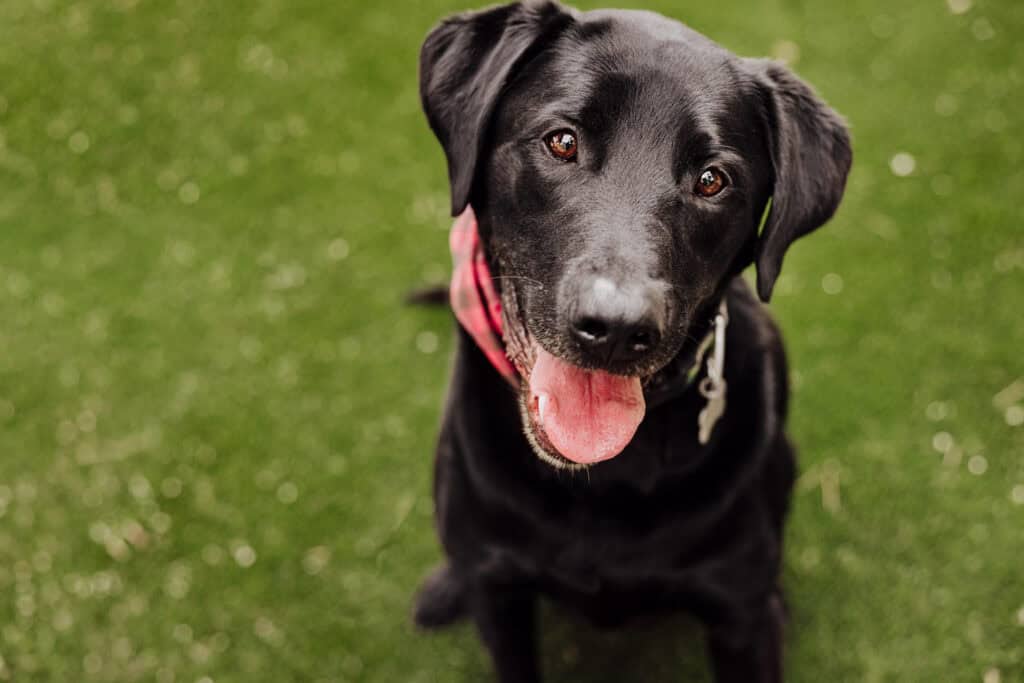
Service Animals at the Grand Canyon
Service animals, as defined by the Americans with Disabilities Act (ADA), are permitted in all public areas of the park, including trails below the rim and inside buildings where pets are usually restricted.
No specific documentation is required.
Final Advice for Pet Owners
Before heading into the park, plan the areas you’ll visit to ensure your dog is allowed. The South Rim is much more pet-friendly than the North Rim.
Always bring extra water, poop bags, and a collapsible bowl for your dog.
The altitude and heat can be challenging for pets, so monitor them closely for signs of fatigue or overheating. I’ve seen way too many dogs overheating on trails in Phoenix! They just can’t cool down the way humans can.
Otherwise, enjoy your visit with your dog to the Grand Canyon!

